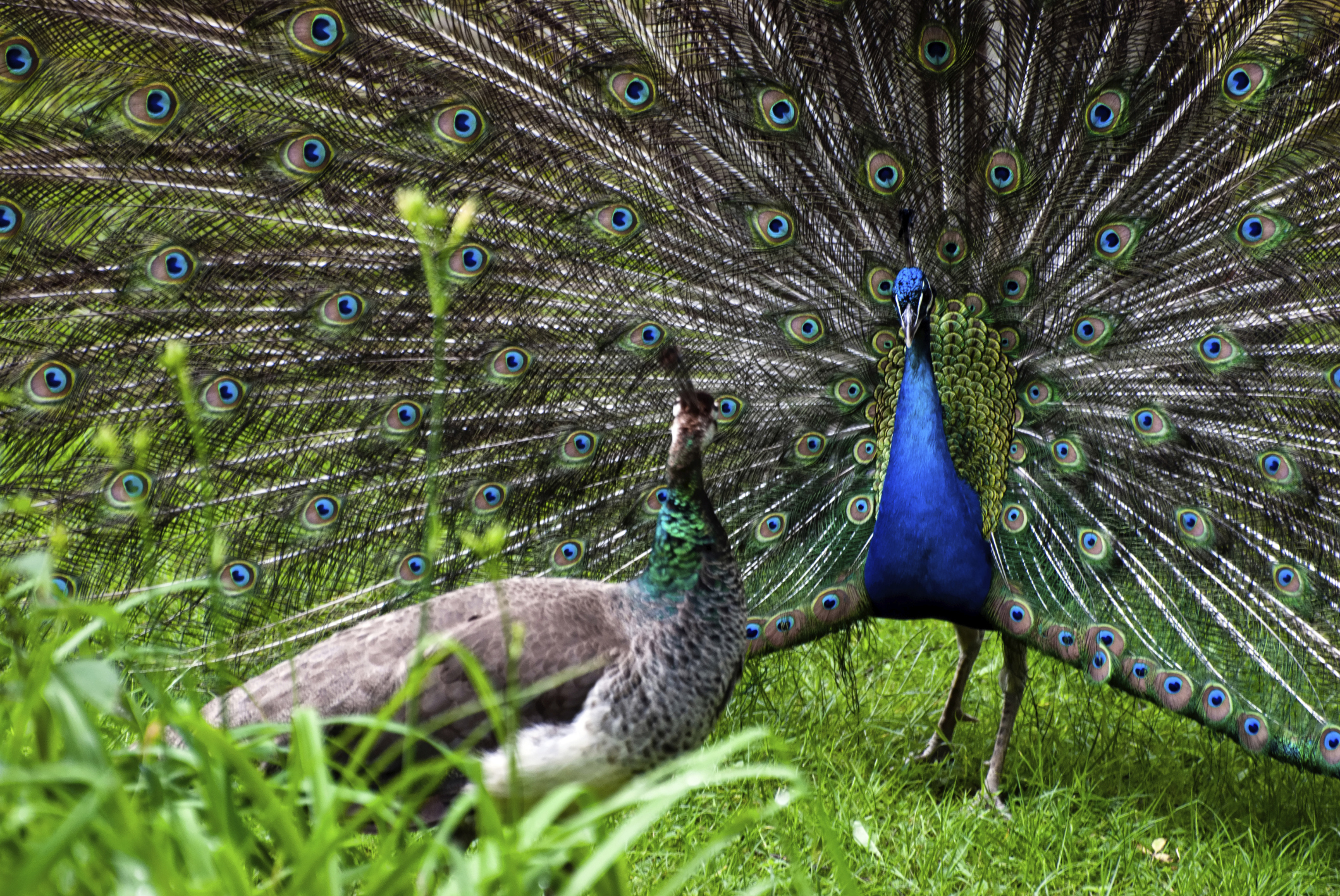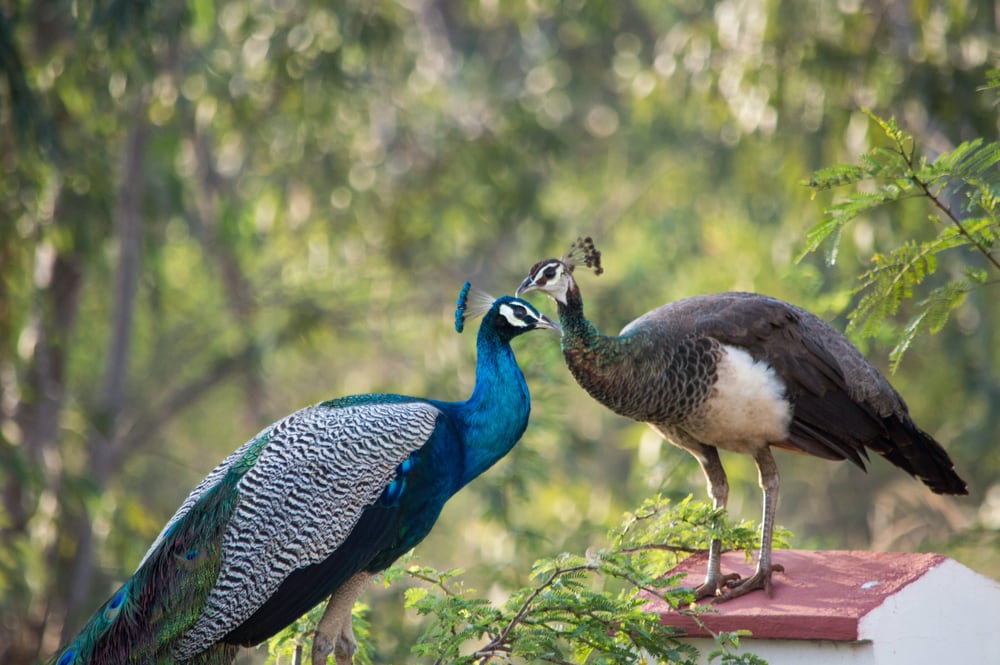What Do Peacock Eggs Look Like: Exploring the Beauty of Nature's Creations
Peacocks are renowned for their vibrant plumage and graceful demeanor. However, little attention is often given to their fascinating reproductive cycle. In this article, we will delve into the intriguing world of peacock eggs and explore what they look like. By examining their appearance, size, and unique characteristics, we aim to unveil the hidden beauty of these remarkable creations of nature.
1. Peacock Reproduction: An Overview

Peacock Reproduction
Before delving into the specifics of peacock eggs, it is important to understand the reproduction process of these magnificent birds.
Peafowl, the collective term for both male peacocks and female peahens, engage in a mating ritual where the male displays his extravagant feathers to attract a potential mate.
After successful courtship, the female peahen lays eggs as part of the reproductive cycle.
2. Size and Color Variation
Peacock eggs, like those of many bird species, come in various sizes and colors. On average, peacock eggs are slightly smaller than chicken eggs.
Their size can range from approximately 3 to 4 inches in length, with some variation among individuals. In terms of color, peacock eggs possess a pale or creamy white base, often with speckles or blotches in shades of light brown or beige.
3. Camouflaging Abilities

Peacock Reproduction
The appearance of peacock eggs is not just a matter of aesthetics; it serves an important purpose in the natural world. The subtle colors and speckling on the eggs provide a natural camouflage, helping to protect them from potential predators.
This camouflaging ability increases the chances of the eggs remaining undetected and increases the likelihood of successful incubation.
4. Egg-Laying Process
Peahens typically lay their eggs in hidden or secluded areas, such as dense vegetation or shrubs, to further enhance the chances of protection and camouflage.
The process of egg-laying usually occurs over a span of several days, with the female peahen laying one egg each day until she has completed her clutch. The number of eggs in a clutch can vary but generally ranges from 3 to 6 eggs.
5. Incubation and Hatching
After the completion of egg-laying, the female peahen begins the process of incubation. Incubation typically lasts for about a month, with the female diligently attending to her eggs, ensuring proper warmth and protection.
During this period, the peahen may leave the nest briefly to find food and water but will quickly return to continue incubation. After the incubation period, the eggs hatch, giving rise to adorable peacock chicks.
6. Peacock Egg Collection and Conservation
In certain circumstances, peacock eggs may be collected for conservation or breeding programs. These efforts are carried out to preserve the genetic diversity and ensure the survival of the species.
Collecting peacock eggs requires careful planning and adherence to ethical guidelines to minimize any disruption to the natural reproductive process.
7. Appreciating Nature's Wonders
Peacock eggs exemplify the exquisite beauty found in the natural world. Their delicate size, color variation, and camouflaging abilities highlight the intricate adaptations developed over centuries of evolution.
Observing and appreciating the unique characteristics of peacock eggs allows us to gain a deeper understanding and admiration for the wonders of nature.
Peacock eggs, with their size, color variation, and camouflaging abilities, are a testament to the incredible diversity and beauty found in nature. Their subtle shades and intricate speckles serve both functional and aesthetic purposes, ensuring protection and successful incubation. By understanding and appreciating the appearance of peacock eggs, we can develop a greater reverence for the marvels of the natural world and the extraordinary reproductive processes of thesemagnificent birds. Peacock eggs are a true testament to the intricate and awe-inspiring creations of nature.